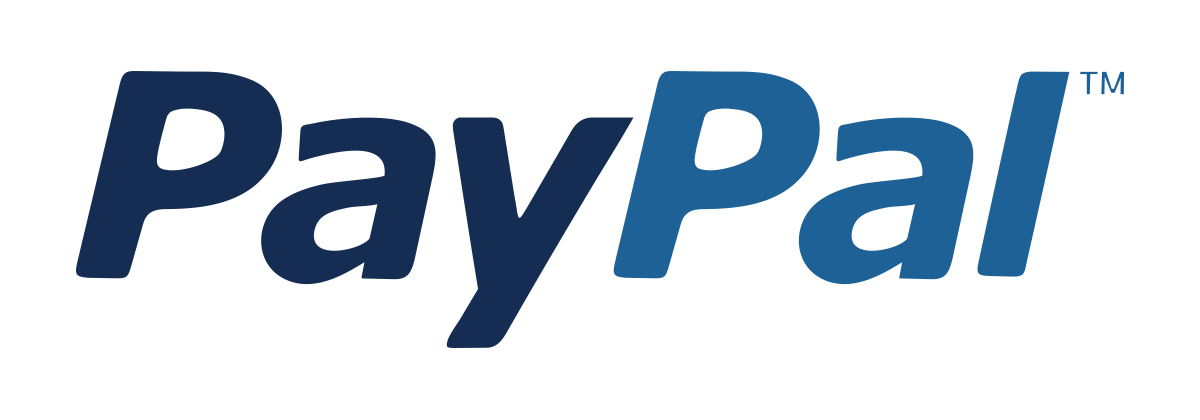Oracle Integration Cloud (OIC) – Complete Integration Platform
Master Application, Process, and B2B Integration Across Cloud and On-Premise Systems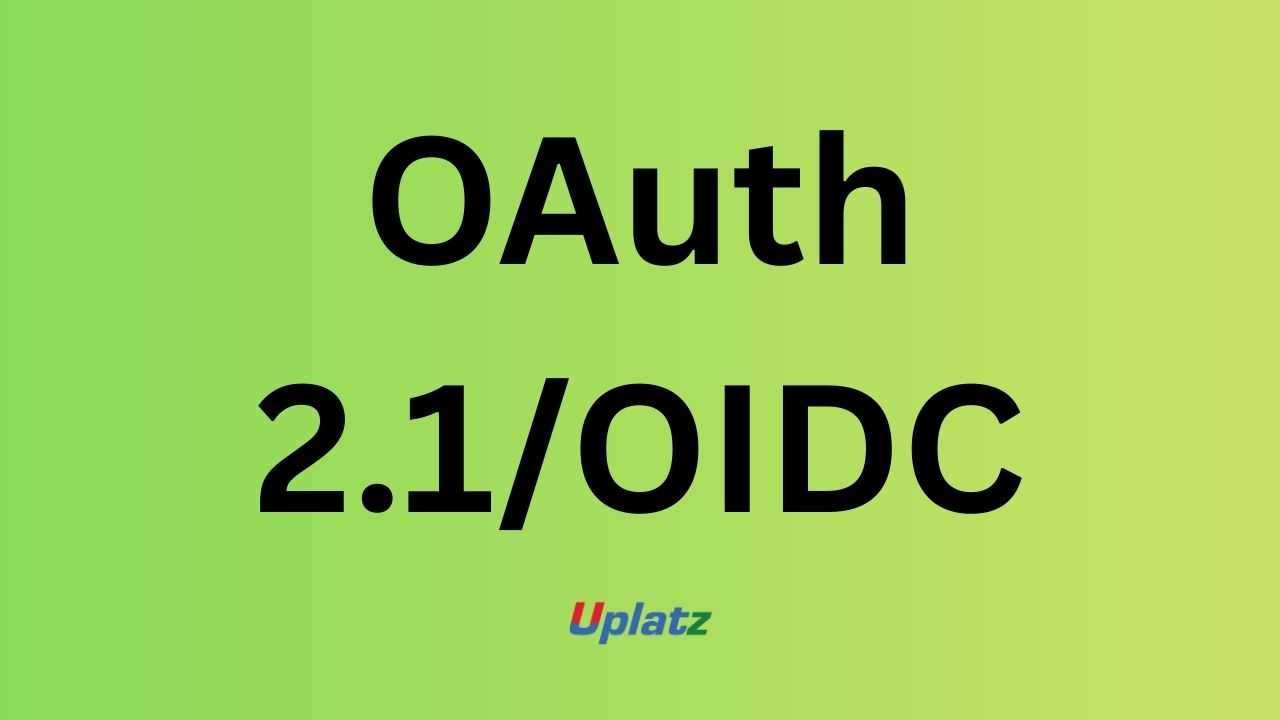 Price Match Guarantee
Full Lifetime Access
Access on any Device
Technical Support
Secure Checkout
Course Completion Certificate
Price Match Guarantee
Full Lifetime Access
Access on any Device
Technical Support
Secure Checkout
Course Completion Certificate
 97% Started a new career
BUY THIS COURSE (
97% Started a new career
BUY THIS COURSE (GBP 12 GBP 29 )-
 86% Got a pay increase and promotion
86% Got a pay increase and promotion
Students also bought -
-
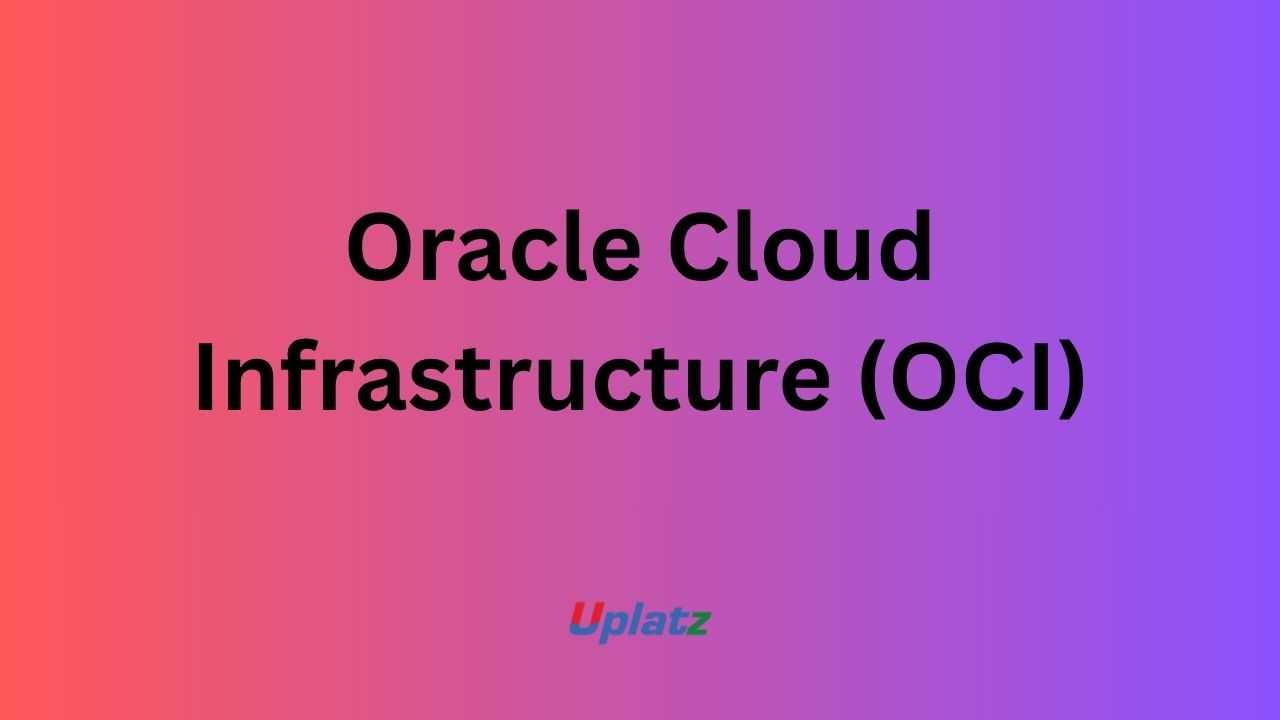
- Oracle Cloud Infrastructure (OCI)
- 10 Hours
- GBP 12
- 10 Learners
-

- Oracle APEX
- 5 Hours
- GBP 12
- 469 Learners
-
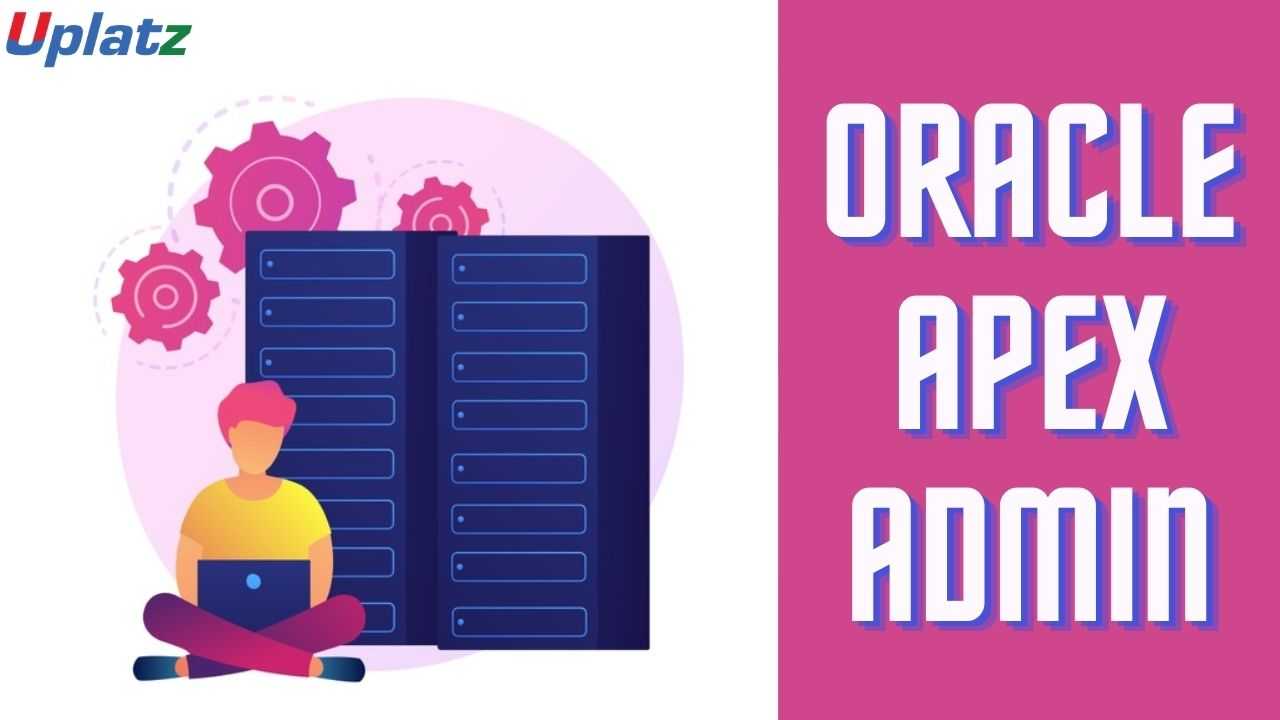
- Oracle APEX Administration
- 2 Hours
- GBP 12
- 42 Learners
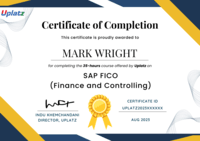
Oracle Integration Cloud (OIC) is Oracle’s next-generation, unified integration platform that seamlessly connects applications, automates workflows, and streamlines data exchange across hybrid and multi-cloud environments. Designed for both IT professionals and business users, OIC combines integration, process automation, visual app development, and B2B connectivity into a single intelligent platform.
This Oracle Integration Cloud – Complete Online Course by Uplatz provides a comprehensive learning experience covering end-to-end integration design, orchestration, automation, and monitoring. You’ll gain hands-on skills to integrate Oracle Fusion ERP, HCM, CX, and third-party systems like Salesforce, SAP, and Workday using pre-built adapters, REST/SOAP APIs, and low-code development tools.
By the end of this course, you’ll be able to design, implement, and manage robust integration solutions that connect enterprise systems, automate workflows, and optimize business operations — preparing you for Oracle Integration Specialist and Cloud Integration Consultant roles.
🔍 What is Oracle Integration Cloud (OIC)?
Oracle Integration Cloud (OIC) is a fully managed, low-code Integration Platform as a Service (iPaaS) that enables organizations to integrate on-premises and cloud applications quickly and securely.
It combines multiple powerful capabilities within one suite:
-
Application Integration: Connects SaaS and on-premise applications using drag-and-drop tools and pre-built adapters.
-
Process Automation: Streamlines workflows through process modeling and business rules.
-
Visual Builder: Enables rapid creation of web and mobile interfaces for integrations.
-
B2B Integration: Supports trading partner management, EDI message exchange, and document compliance.
-
Insight & Monitoring: Provides real-time visibility, analytics, and error handling for integration flows.
Built on Oracle Cloud Infrastructure (OCI), OIC offers scalability, security, and automation — allowing businesses to focus on innovation rather than integration complexity.
⚙️ How Oracle Integration Cloud Works
OIC acts as the central integration hub for connecting heterogeneous systems across the enterprise. It provides visual design tools and intelligent automation features to simplify complex integration scenarios.
-
Connections & Adapters: Pre-built adapters connect Oracle and non-Oracle systems such as SAP, Salesforce, Workday, and ServiceNow.
-
Integration Flows: Create and orchestrate data flows between applications using low-code design.
-
Process Automation: Define workflows, approvals, and task routing through Process Builder.
-
Visual Builder: Build web or mobile UIs to interact with integrated processes.
-
B2B Messaging: Exchange business documents via EDI/X12 and AS2 protocols.
-
Monitoring & Troubleshooting: Use dashboards, Activity Streams, and Insight Analytics for performance tracking.
With its modular, service-oriented design, OIC ensures agility and resilience — whether you’re integrating SaaS, legacy, or hybrid systems.
🏭 How OIC is Used in the Industry
Oracle Integration Cloud plays a critical role in digital transformation strategies for global enterprises across industries such as finance, healthcare, retail, logistics, telecommunications, manufacturing, and public sector.
Common industry use cases include:
-
ERP & HCM Integration: Sync employee, supplier, and transaction data between systems.
-
CRM Connectivity: Link Oracle CX or Salesforce with backend ERP applications for unified customer views.
-
Order-to-Cash Automation: Streamline the flow from sales order to invoicing and payment.
-
Procure-to-Pay Automation: Integrate procurement, approval, and supplier management processes.
-
B2B Transactions: Enable electronic data interchange (EDI) with suppliers and trading partners.
-
Hybrid Deployments: Connect on-premise Oracle E-Business Suite with cloud applications using secure agents.
Enterprises such as FedEx, Vodafone, Siemens, Deloitte, and the U.S. Air Force leverage OIC to unify operations, automate repetitive tasks, and improve decision-making through connected data systems.
🌟 Benefits of Learning Oracle Integration Cloud
By mastering Oracle Integration Cloud, you gain a powerful combination of integration design, automation, and low-code development skills — highly in demand in the modern enterprise IT landscape.
Key benefits include:
-
Unified Skillset: Learn integration, process automation, and API management in one platform.
-
Hands-On Expertise: Build real-world integrations between Oracle Fusion and third-party applications.
-
Career Growth: Qualify for roles such as OIC Developer, Cloud Integration Consultant, or Middleware Architect.
-
Low-Code Productivity: Create integrations and web applications faster without extensive coding.
-
Multi-Cloud Experience: Work across Oracle, AWS, Azure, and on-premise systems.
-
Certification Readiness: Prepare for Oracle Integration Cloud certification exams.
-
Enterprise Relevance: Gain practical knowledge applicable to real business automation scenarios.
Learning OIC allows professionals to deliver efficient, scalable, and future-ready integration solutions that drive enterprise success.
📘 What You’ll Learn in This Course
This course provides both theoretical understanding and practical exposure across OIC’s major components. You will learn to:
-
Understand OIC architecture and integration lifecycle.
-
Configure connections and pre-built adapters for Oracle ERP, HCM, and third-party apps.
-
Design app-to-app and data-to-data integrations using the visual integration builder.
-
Implement Process Automation for business workflows and approvals.
-
Use Visual Builder to develop web and mobile applications.
-
Perform B2B setup, partner configuration, and EDI mapping.
-
Monitor and troubleshoot integration flows using dashboards and logs.
-
Apply security, fault handling, and performance optimization best practices.
-
Build a capstone project integrating multiple Oracle and external systems.
Each module includes guided labs, assignments, and case studies to reinforce hands-on learning.
🧠 How to Use This Course Effectively
-
Start with the Fundamentals: Understand OIC components — Integration, Process, B2B, and Visual Builder.
-
Follow Step-by-Step Labs: Build integrations using pre-built adapters and APIs.
-
Experiment with Automation: Create approval workflows and process models.
-
Explore Hybrid Integrations: Connect cloud and on-premise systems using secure agents.
-
Practice Troubleshooting: Use monitoring tools to analyse performance and errors.
-
Revisit Visual Builder: Create a front-end app for your integration project.
-
Complete the Capstone Project: Simulate a full enterprise integration scenario for your portfolio.
👩💻 Who Should Take This Course
This course is ideal for:
-
Integration Developers & Middleware Consultants building enterprise connectivity solutions.
-
Oracle Cloud Professionals working with ERP, HCM, or CX systems.
-
Automation Engineers implementing process-based solutions.
-
IT Architects & Business Analysts designing hybrid and multi-cloud integrations.
-
Students & Professionals pursuing cloud integration or low-code development careers.
-
Organizations modernizing legacy integrations using Oracle Cloud tools.
No prior integration experience is required — the course starts from core concepts and progresses to advanced real-world implementations.
🧩 Course Format and Certification
The course is self-paced with lifetime access, enabling learners to progress at their convenience.
You’ll receive:
-
HD video tutorials and configuration demos.
-
Downloadable reference materials and lab scripts.
-
Assignments and quizzes after each section.
-
Case studies and real-world integration projects.
-
Access to a learner community for discussion and support.
Upon completion, you’ll earn a Course Completion Certificate from Uplatz — showcasing your expertise in Oracle Integration Cloud (OIC) and your readiness to implement enterprise integration solutions.
🚀 Why This Course Stands Out
-
Comprehensive Curriculum: Covers all OIC components — Integration, Process, Visual Builder, and B2B.
-
Hands-On Practice: Real-time labs with Oracle ERP, HCM, and Salesforce.
-
Industry Relevance: Reflects current hybrid and multi-cloud integration trends.
-
Practical Experience: Builds job-ready skills for OIC implementation and support.
-
Career Focus: Prepares you for certification and consulting roles in Oracle Cloud Integration.
By mastering Oracle Integration Cloud, you’ll be ready to design automation-driven, connected enterprise ecosystems that enhance agility and efficiency.
🌐 Final Takeaway
In today’s interconnected enterprise landscape, seamless system integration is the key to business agility and digital innovation. Oracle Integration Cloud (OIC) delivers that capability — unifying applications, automating workflows, and connecting data across systems through a powerful low-code platform.
The Oracle Integration Cloud – Complete Online Course by Uplatz equips you with the skills to design, implement, and manage integrations that power enterprise transformation. From connecting Oracle Fusion modules to automating multi-cloud workflows, this course prepares you to excel as an Oracle Integration professional.
Start learning today and become a certified Oracle Integration Cloud expert ready to lead the future of intelligent business connectivity.
By the end of this course, you will be able to:
-
Understand the architecture and components of Oracle Integration Cloud.
-
Create and manage integrations between cloud and on-premise applications.
-
Configure connections using REST, SOAP, and pre-built adapters.
-
Design and automate workflows using the Process Automation module.
-
Develop B2B integrations with EDI message handling.
-
Build front-end interfaces with Visual Builder.
-
Manage security, authentication, and authorization in integrations.
-
Monitor, troubleshoot, and analyze integration performance.
-
Apply mapping and transformation techniques using OIC’s visual tools.
-
Prepare for Oracle Integration Cloud certification exams.
Course Syllabus
Module 1: Introduction to Oracle Integration Cloud
Module 2: OIC Architecture and Core Components
Module 3: Creating Application Integrations (App-to-App)
Module 4: Pre-Built Adapters and Connections (ERP, HCM, Salesforce)
Module 5: Data Mapping, Transformations, and Orchestrations
Module 6: Process Automation – Workflow and Human Task Management
Module 7: B2B Integrations – EDI and Partner Configuration
Module 8: Visual Builder – Creating Web and Mobile Apps
Module 9: Error Handling, Monitoring, and Analytics
Module 10: Hybrid and Multi-Cloud Integration Project
Upon successful completion of this course, learners will receive a Certificate of Completion from Uplatz, validating their expertise in Oracle Integration Cloud (OIC). This Uplatz certificate certifies your ability to design, implement, and manage enterprise-grade integrations and process automations.
The course also aligns with Oracle Certified Integration Professional exam requirements, equipping learners with the technical and functional knowledge to excel in hybrid integration and automation roles. This certification enhances your professional credibility and opens doors to positions in cloud consulting, integration architecture, and digital transformation projects.
The rise of SaaS and hybrid cloud systems has made integration specialists essential to modern enterprises. With Oracle Integration Cloud, organizations can unify disparate systems and improve operational efficiency — creating strong demand for skilled professionals.
Completing this course from Uplatz prepares you for roles such as:
-
Oracle Integration Cloud Developer
-
Integration Architect / Specialist
-
OIC Consultant (ERP/HCM Integration)
-
Process Automation Engineer
-
Cloud Solutions Engineer
OIC experts are highly sought after by Oracle partners, consulting firms, and multinational corporations adopting Oracle Cloud solutions. Salaries typically range from $95,000 to $180,000 per year, depending on experience and project complexity.
You’ll also gain valuable exposure to hybrid cloud integration — a key skill for organizations combining Oracle Cloud with AWS, Azure, or on-premise systems. This expertise opens global career paths in digital transformation consulting, cloud automation, and enterprise integration architecture.
-
What is Oracle Integration Cloud (OIC)?
It’s a unified platform that connects cloud and on-premise applications, automates workflows, and manages B2B integrations. -
What are the main components of OIC?
Application Integration, Process Automation, B2B Integration, and Visual Builder. -
What is an Integration Flow in OIC?
An Integration Flow defines the connection, transformation, and routing of data between two or more applications. -
What are Adapters in OIC?
Adapters are pre-built connectors that simplify integration with systems like Oracle ERP, HCM, Salesforce, and REST APIs. -
What is Process Automation in OIC?
It allows the design of automated workflows for approvals, notifications, and human tasks. -
How do you monitor integrations in OIC?
Using the OIC dashboard and Activity Stream to track flow status, errors, and analytics. -
What is B2B integration in OIC?
It connects business partners using EDI standards and trading partner configurations. -
What is Visual Builder used for?
A low-code environment for building web and mobile apps connected to integration services. -
How does OIC handle errors?
Through fault policies, alerts, and custom exception handling defined in the integration flow. -
How is security managed in OIC?
Using OAuth tokens, certificates, and role-based access control for secure communication.







